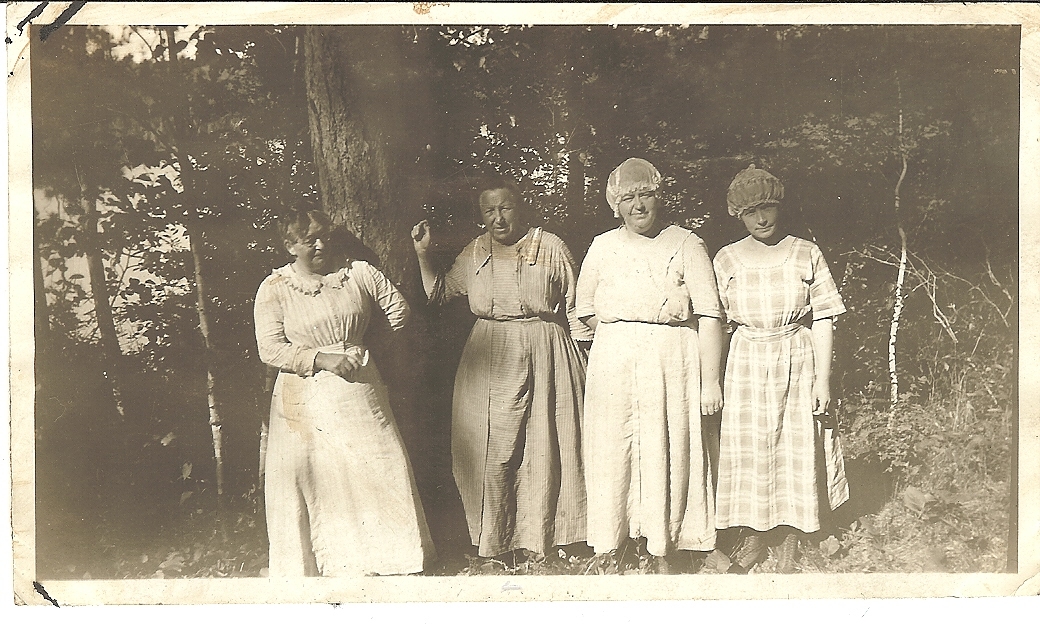Hilda unknown
Date & Place:


 Kathy Pinna
Kathy Pinna  Allis Davis
Allis Davis  Sharon Hofer
Sharon Hofer  Mary Jane Perez Cornielle
Mary Jane Perez Cornielle